Glimpse all sides of the German Capital on a budget
Looking to make the most of your free time as a digital nomad in Berlin? The German Capital’s plethora of cultural offerings could keep you occupied for more than a lifetime.
Whether you’re interested in dining, sightseeing or getting to know the city’s turbulent history, you’ll find plenty of attractions in Berlin that shed light on every aspect of the city’s culture – and you can visit them all on a shoestring budget.
In this guide, we discuss 16 of the top attractions that’ll give you an insight into every side of Berlin. Discover all these top things to do, and you’ll become an expert on the German Capital during your stay.

A quick glimpse at Berlin’s best attractions
To help you skip through this article to the attractions that best match your interests, here’s a quick peek at what’s coming up:
- Brandenburg Gate – An iconic symbol of peace and unity
- Holocaust Memorial – A poignant memorial to the Jewish victims of the Holocaust
- Museum Island – A UNESCO-listed island with five world-class museums
- East Side Gallery – An open-air gallery of murals on a remaining Berlin Wall section
- Berlin Wall Memorial – Preserved section of the original Berlin Wall with exhibits
- Topography of Terror – A museum on the site of the former Gestapo headquarters
- Checkpoint Charlie – The busiest former crossing between East and West Berlin
- Charlottenburg Palace – Berlin’s largest former royal palace
- Tiergarten – The most expansive greenspace in Berlin
- Tempelhofer Feld – A park on the former airfield of the Allied Airlift
- Reichstag Building – The seat of the Bundestag, Germany’s parliament
- Berghain – An exclusive club representing that epitome of Germany’s techno scene
- Mauerpark Flohmarkt – A flea market on the former ‘Death Strip’ of the Berin Wall
- Prater Beer Garden – Berlin’s oldest biergarten
- Prenzlauer Berg – A popular dining, shopping and nightlife district
- Kurfürstendamm – One of Berlin’s main commercial thoroughfares

Best things to do in Berlin: our detailed roundup
From iconic landmarks like the Brandenburg Gate to bustling nightlife and entertainment districts like Prenzlauer Berg, here are 16 must-visit places in Berlin to gain insights into every aspect of the city’s vibrant culture.
1. Brandenburg Gate
Arguably Berlin’s most iconic landmark is the Brandenburg Gate, a spectacular neoclassical monument whose design takes inspiration from the Acropolis.
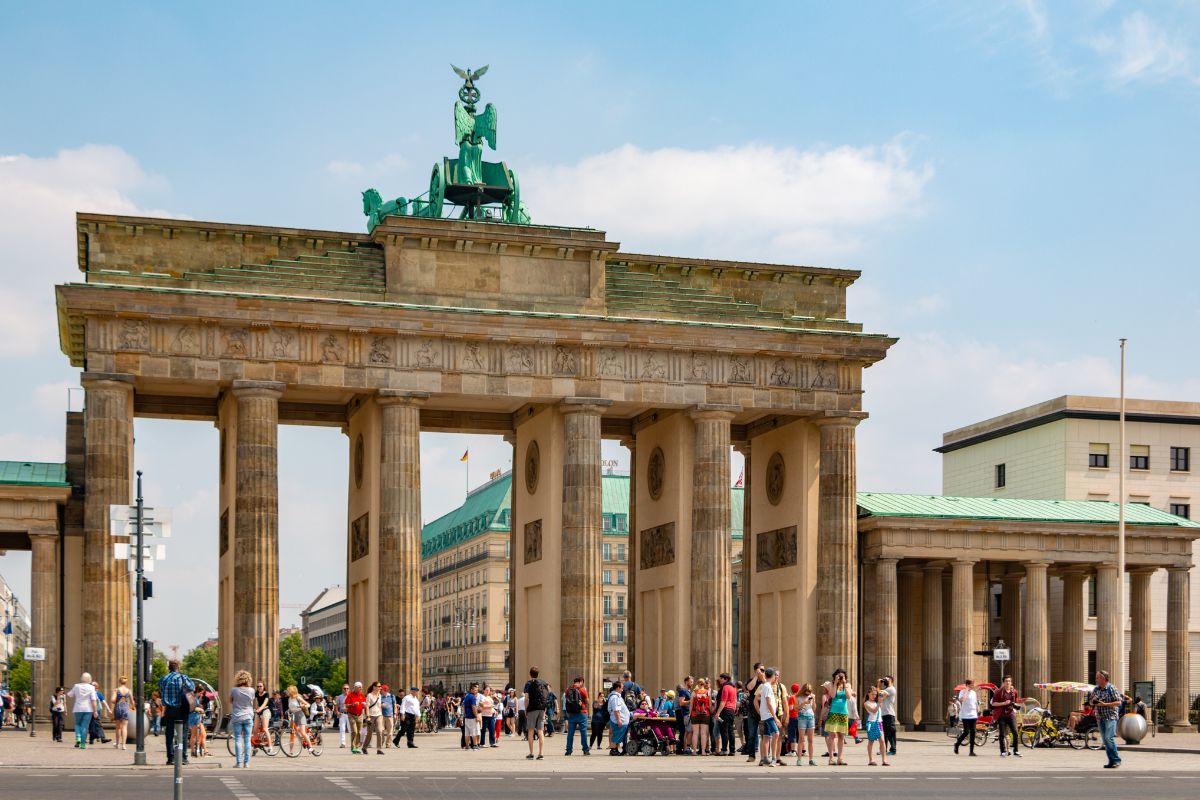
Since its completion in 1791, the gate has protected the once proud Prussian state, been stormed by Napolean and Hitler, and hosted countless public and political gatherings. In 1989, thousands of Berliners flocked to the gate to topple the nearby Berlin wall.
Today, the Brandenburg Gate is one of the most emblematic symbols of peace and unity in Germany and Europe. It’s best to get here in the morning if you want to avoid crowd jostling. The Brandenburger Tor transit station is right on the doorstep.
While you’re here, you might want to visit nearby attractions such as the Reichstag, The Holocaust Memorial and Tiergarten Park.
2. Memorial to the Murdered Jews of Europe (Holocaust Memorial)
More commonly known as the Holocaust Memorial, the 4.7-acre Memorial to the Murdered Jews of Europe consists of 2,711 sloping concrete columns that commemorate the six million Jewish victims who lost their lives during the Holocaust. It serves as a poignant reminder of the atrocities committed during WWII.
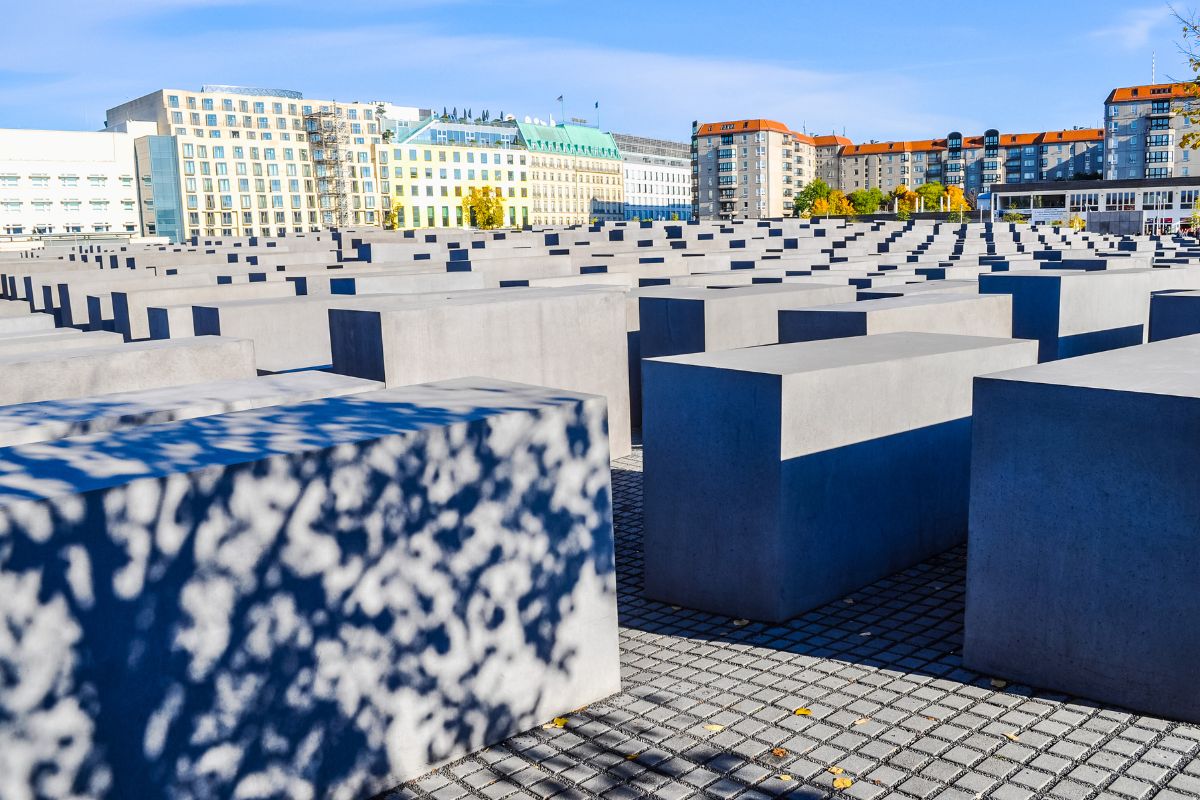
Designed by acclaimed architect Peter Eisenman during what turned out to be a 17-year planning process, the Holocaust Memorial is intentionally disorienting, creating a sense of unease as visitors get lost between the imposing columns.
Beneath the memorial is an underground visitor centre, where you can learn about the tragic stories of the Holocaust victims while perusing heart-wrenching farewell letters, diaries and photographs.
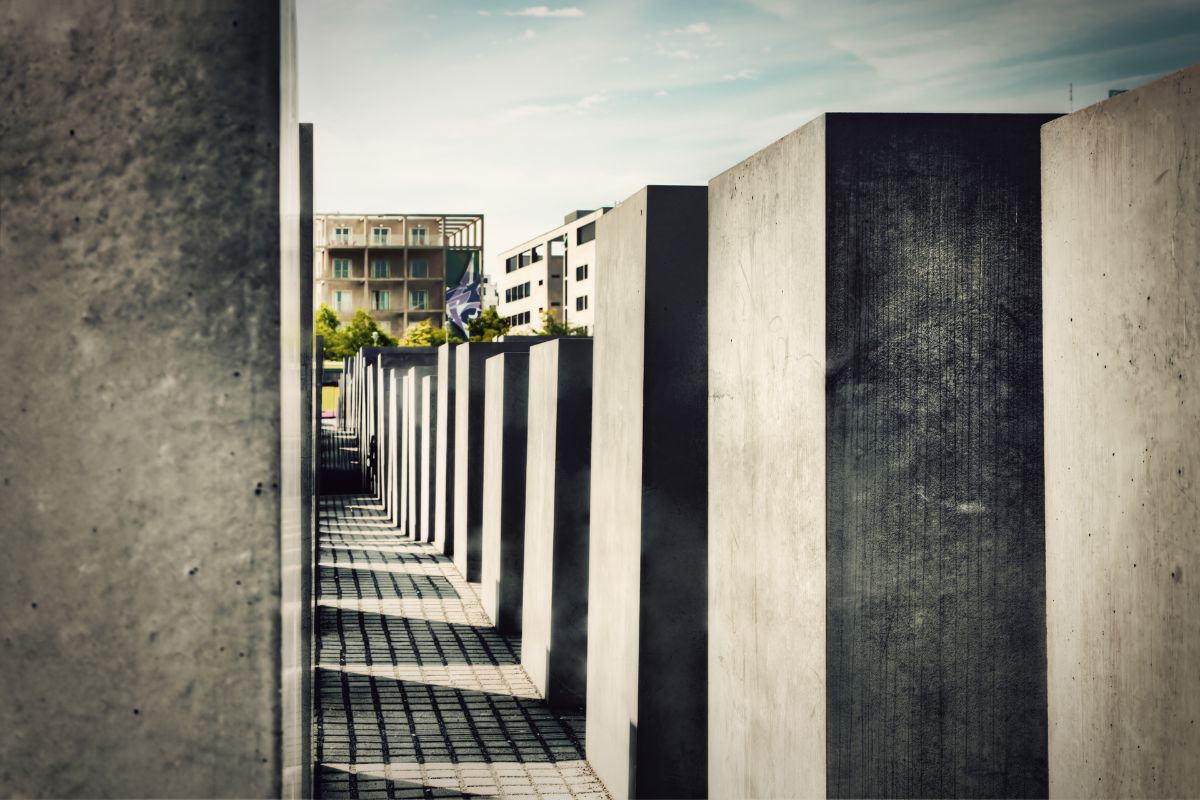
You can visit the Memorial to the Murdered Jews of Europe 24 hours a day, though it’s best to arrive before 10 am to beat the crowds. You can walk to the memorial in about five minutes from the Brandenburger Tor transit station.
While you’re in the area, you might want to visit attractions like the Brandenburg Gate and Tiergarten Park, both within five minutes’ walking distance.
3. Museum Island (Museuminsel)
A tiny urban island in the River Spree, the UNESCO-listed Museum Island is home to landscaped gardens, the Baroque-style Berlin Cathedral and five world-class museums built between 1823 and 1930: Neues Museum, Altes Museum, Pergamonmuseum, Alte Nationalgalerie, and Bode Museum.
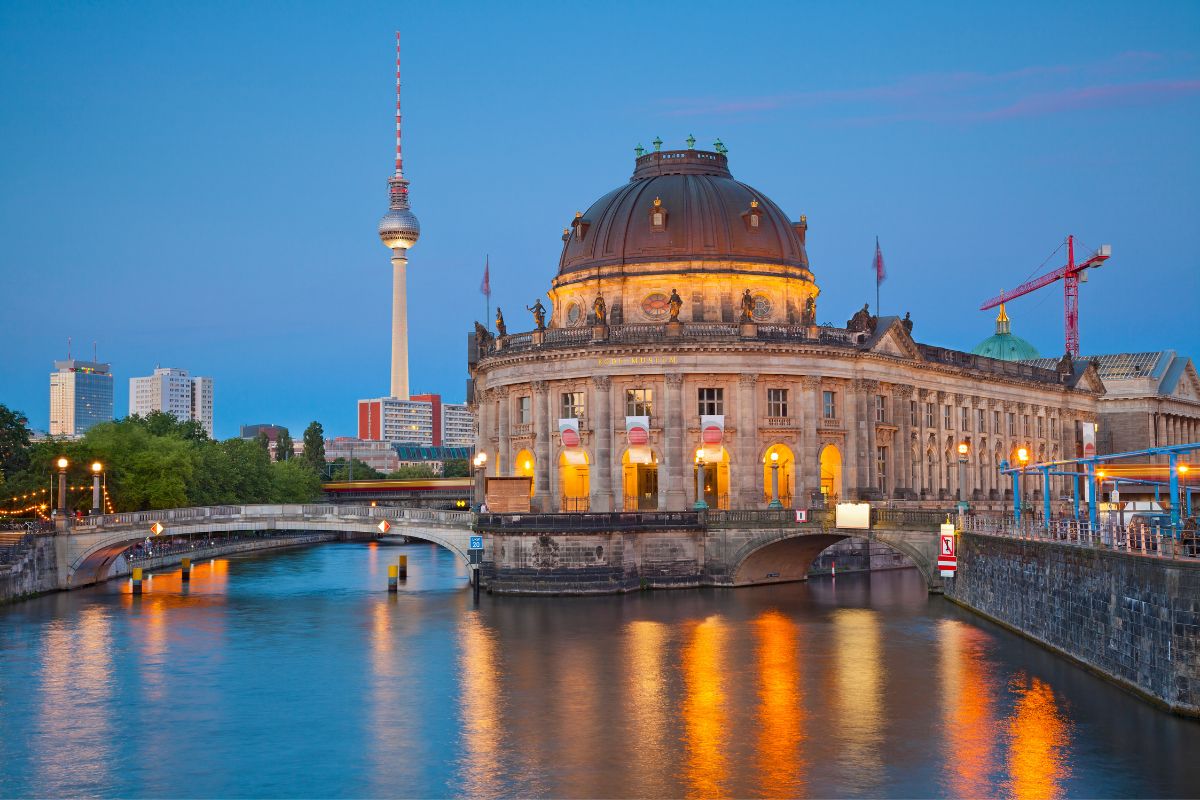
While exploring these museums, you’ll come face to face with over 6,000 years of art, culture and history. At the Alte Museum, you’ll delve into the worlds of Ancient Greece and Rome. You can browse more Egyptian artefacts, including the famous Bust of Nefertiti, at the Neues Museum.
The Bode Museum houses sculptures and artworks from the medieval period up to the 18th century, while the Alte Nationalgalerie is home to neoclassical through to 19th-century works by names such as Manet, Renoir and Monet.
The most popular museum on Museum Island is the Pergamonmuseum, where you can browse historic artefacts from Egypt, Iran, Asia Minor and the Caucasus. Bear in mind that the Pergamonmuseum is closed until 2025 for refurbishing.
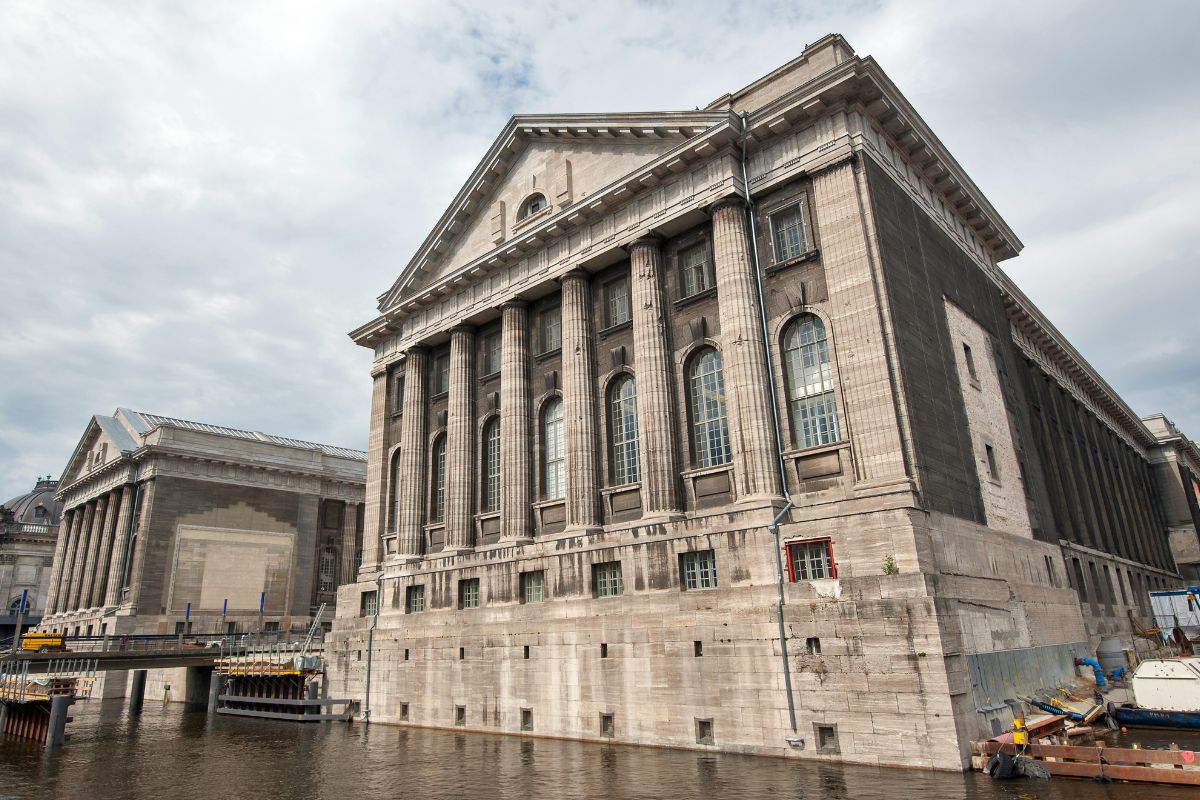
You can get a one-day pass to visit all the museums on Museum Island for as little as EUR 24. Three-day passes to more than 30 of Berlin’s museums start from just EUR 32. The island is served by the Museuminsel transit station.
4. East Side Gallery
Stretching for nearly a mile along the longest remaining section of the Berlin Wall, the East Side Gallery is a collage of more than 100 murals painted by artists from across the world after the fall of the wall in 1990.
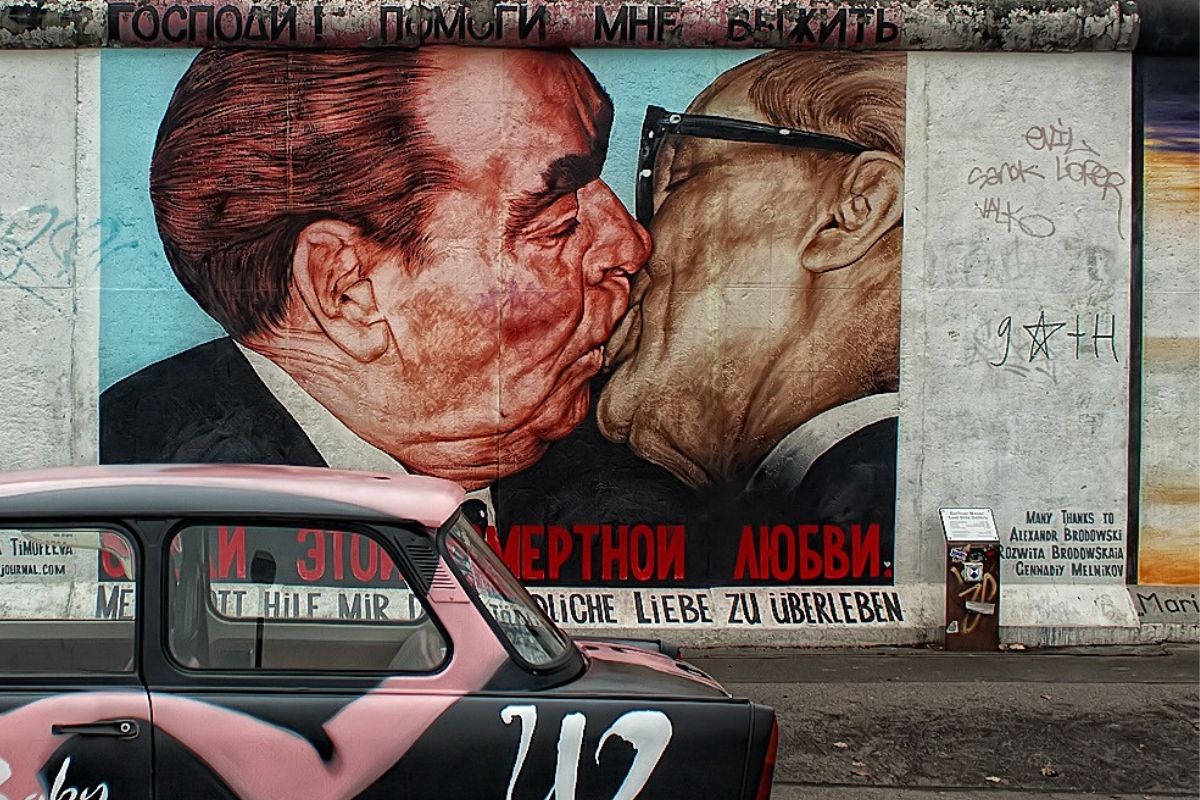
Many murals symbolise peace and unity, while others convey powerful political rhetoric. The most iconic mural depicts former East German leader Erich Honecker kissing former Soviet General Secretary Leonid Ilyich Brezhnev.
Even though many murals were painted to celebrate the toppling of the Berlin Wall, the East Side Gallery is now – ironically – surrounded by a metre-tall fence as protection against vandalism.
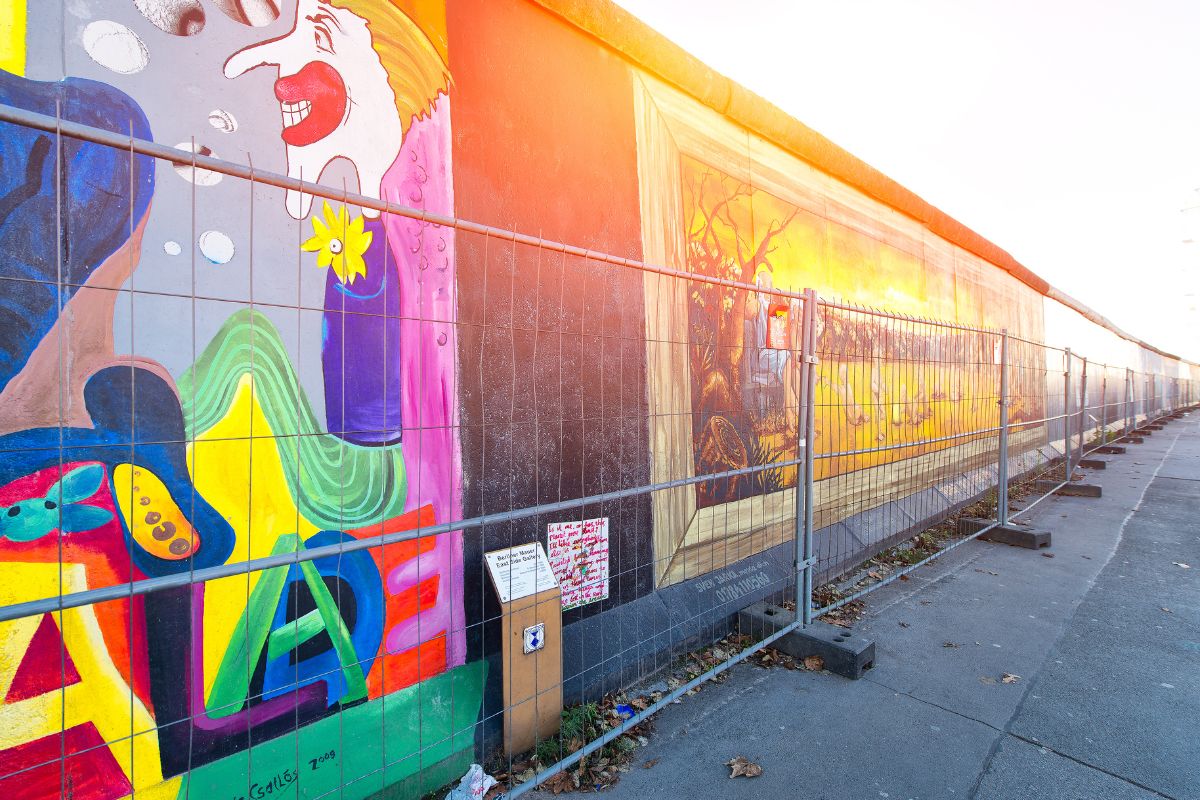
The closest transit stops to the East Side Gallery are Warschauer Strasse and Berlin Ostbahnhof, both located within five minutes’ walking distance.
5. Berlin Wall Memorial
Learn about the history of the Berlin Wall by visiting the Berlin Wall Memorial, which stretches for about a mile along Bernauer Strasse.
At this former frontier between East and West Germany, you’ll gain insights into the political events that led to the wall’s construction and fall. Signs and photographs positioned on either side of the memorial detail what life was like on either side of the wall.
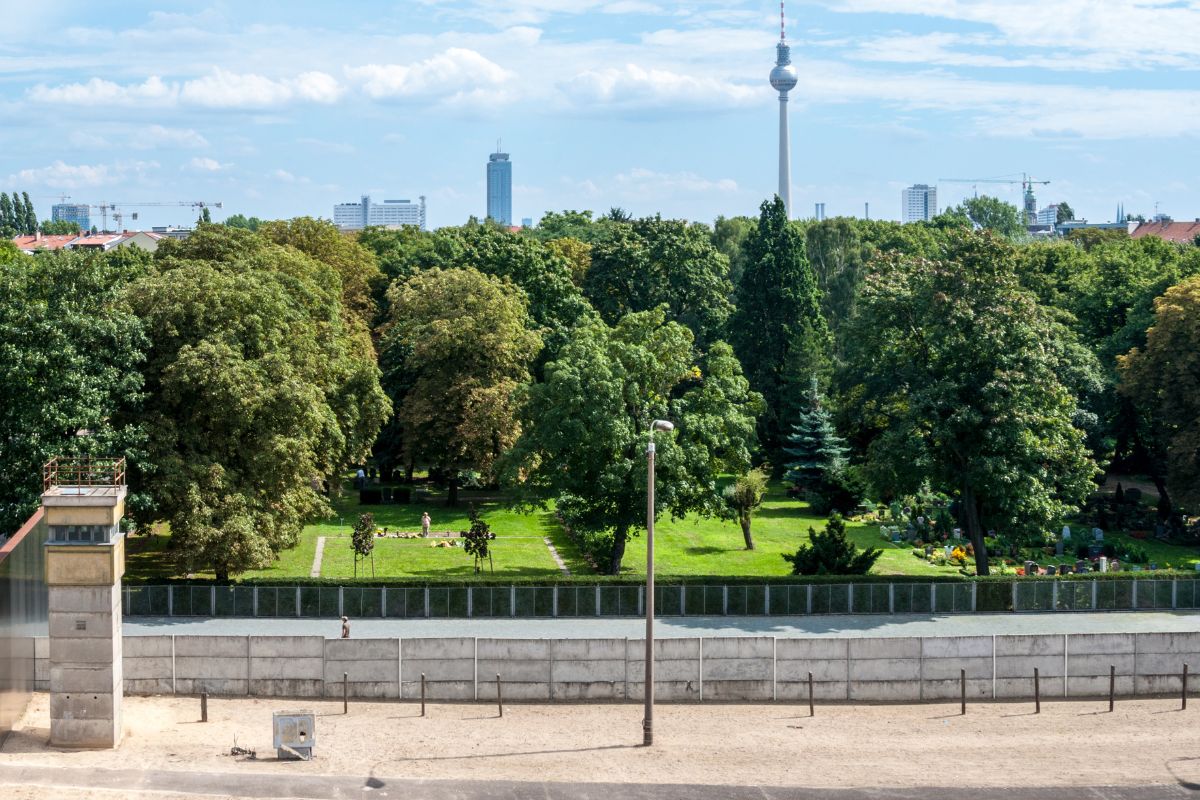
While you’re here, you can peruse preserved sections of the original border, the infamous ‘Death Strip and an original watchtower. At the indoor Visitor Centre, you can watch a short film on the Berlin Wall’s history, while the Documentation Centre details the historical division of Berlin.
On the same street as the memorial is the Chapel of Reconciliation, which was rebuilt on the same site as the original in commemoration of the people that lost their lives trying to cross the wall.
All the indoor and outdoor exhibits of the Berlin Wall Memorial are free to visit. The Memorial Grounds and Open-Air Exhibition are open daily from 8 am to 10 pm. The Visitor Centre and Documentation Centre open on Tuesday to Sunday from 10 am to 6 pm.
6. Topography of Terror
The Topography of Terror is a museum housed inside what was the headquarters of Nazi Germany’s secret police force, the Gestapo, from 1933 to 1945. From 1939 until Nazi Germany’s demise, the building also hosted the Reich Security Main Office, responsible for planning the Holocaust.
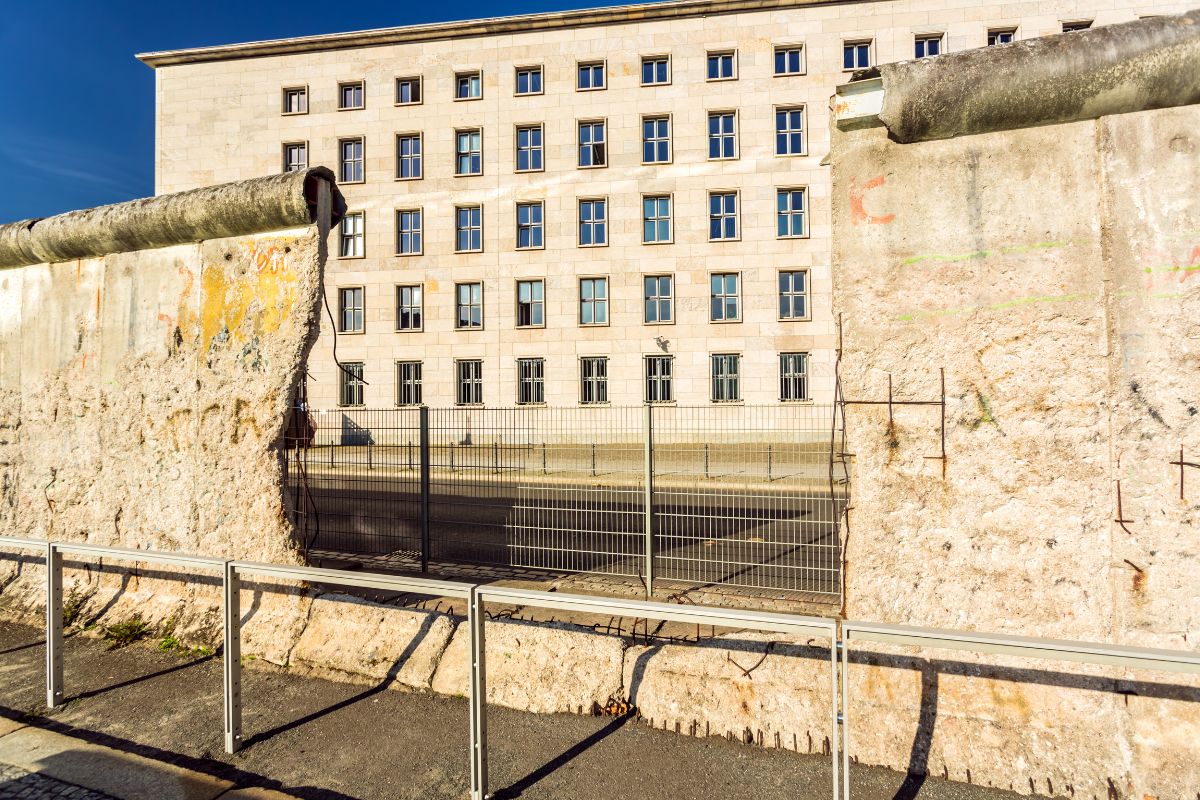
While exploring the Topography of Terror, you’ll gain insights into the atrocities committed here by the SS and the Gestapo before and during WWII. You’ll also see the eerie torture rooms that held political prisoners before they were sent off to concentration camps.
One of the most moving outdoor exhibitions is “Berlin 1933-1945. Between Propaganda and Terror”, which details the story of the Nazi party’s rise and its consequences for Berlin and its people. Inside, exhibits include excavated sections of the original building, which you can view through glass panels.
You can learn more about the horrific war crimes of the Third Reich at the onsite Documentation Centre. Just outside the Topography of Terror is the city centre’s longest remaining section of the Berlin Wall.
Admission to the Topography of Terror is free. The nearest subway station is Kochstrasse, located just 350 metres away next to Checkpoint Charlie.
7. Checkpoint Charlie
During the Cold War, Checkpoint Charlie was the busiest crossing between East and West Berlin. Today, the former crossing hosts actors pretending to be Soviet and US guards and a selection of souvenir stalls. But the highlight of this famous former frontier is the Wall Museum/Checkpoint Charlie Museum (Haus am Checkpoint Charlie).

Established by Dr Rainer in 1963 as a peaceful protest against the Berlin Wall, the Haus am Checkpoint Charlie details the history of the crossing, the Berlin Wall, espionage and the stories of successful and unsuccessful escapes from East to West Berlin.
You can visit the former Checkpoint Charlie crossing free of charge. Ticket prices for the Wall Museum start at EUR 18.50.
8. Charlottenburg Palace (Schloss Charlottenburg)
Dating all the way back to 1699, the Charlottenburg Palace was commissioned by King Frederick I as a summer house for his wife, Sophie Charlotte.
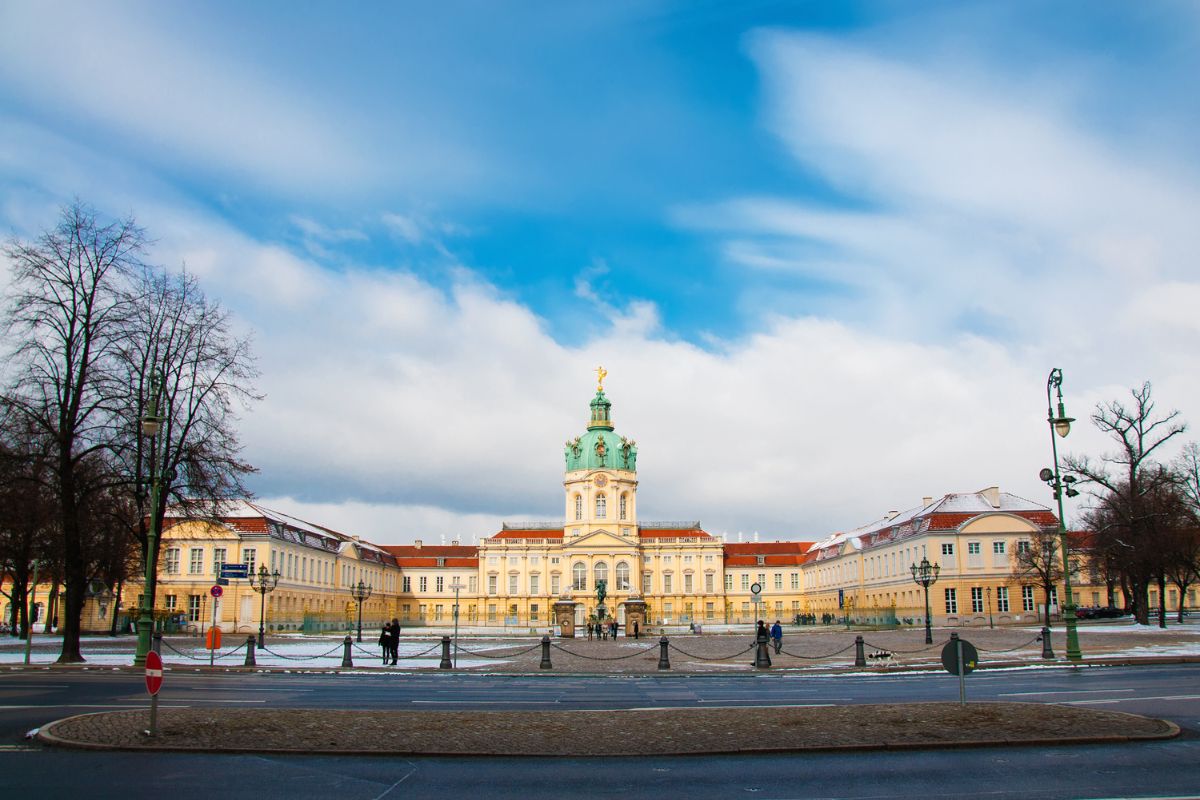
This vast Baroque abode received many lavish updates in the 18th century by Frederick the Great. After being severely damaged during WWII, the palace was restored over the following decades to its original designs. Today, it remains the largest palace in Berlin.
While exploring highlights like the former living quarters of Frederick I and Sophie Charlotte, the New Wing and the ornate chapel, you’ll discover priceless collections of crown jewels, royal silver and porcelain, and 18th-century French paintings.
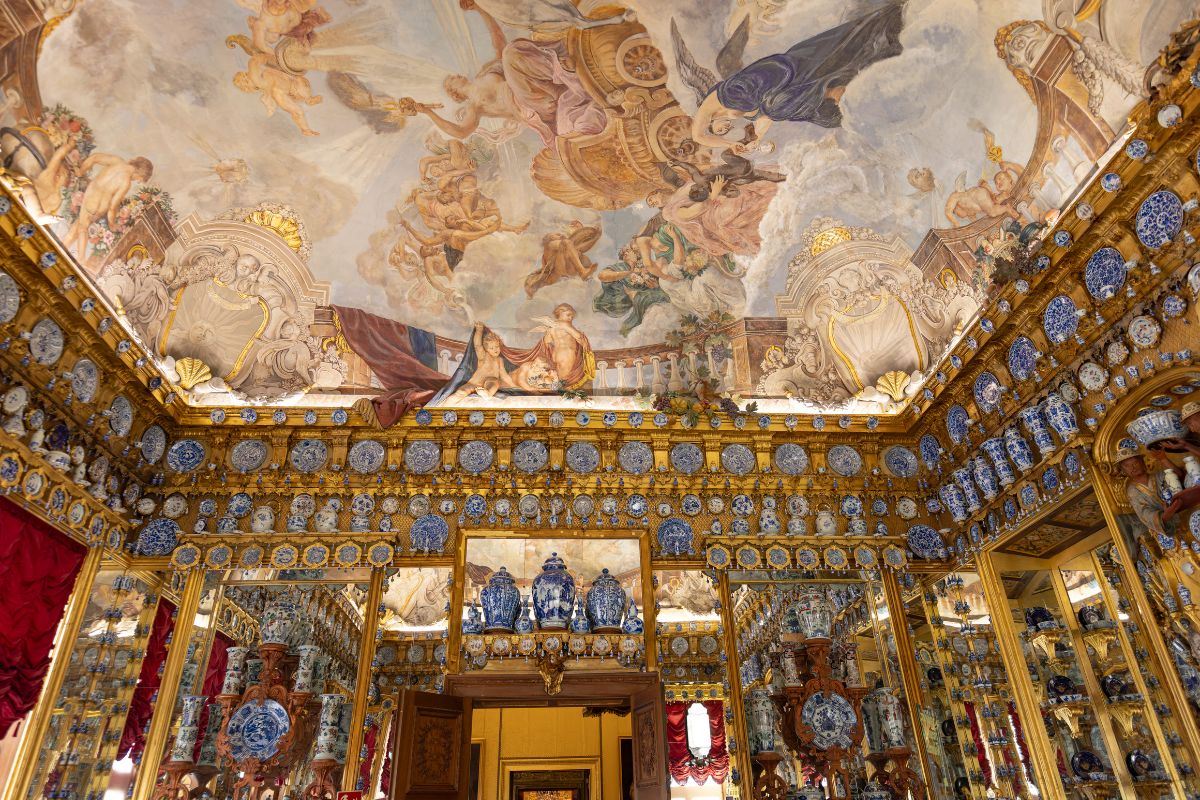
Other notable attractions within the palace grounds include the pristine French and English-inspired Royal Gardens, an upmarket teahouse and the family mausoleum.
The Charlottenburg Palace is open to visitors from 10 am to 5:30 pm every day except for Monday. Admission tickets start at EUR 12 per adult and include an audio guide, though you can stroll through the gardens for free. There’s a bus stop right outside the palace, and the nearest subway station is Richard-Wagner-Platz.
9. Tiergarten
At 519 acres, the Tiergarten is Berlin’s largest inner-city greenspace, criss-crossed by woodlands, parks, hiking trails and a series of lakes.
Within the park are several monuments and memorials, the most famous being the gilded Siegessäule (Victory Column). Climb to the top of the column to soak up sprawling views of the Tiergarten backdropped by Berlin’s cityscape.
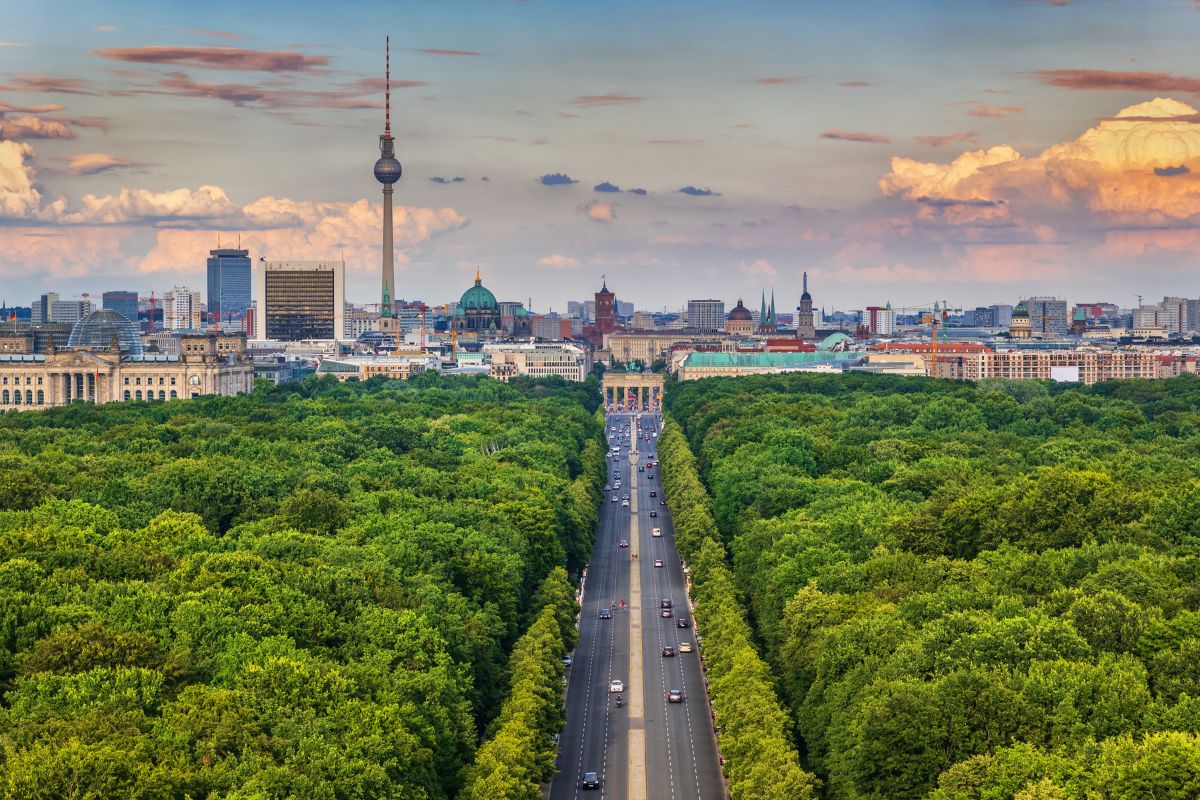
Popular activities at the Tiergarten include walking, jogging, cycling, sunbathing and paddle boating. When you need a rest, you can order beer and pizza from the biergarten at Café am Neuen See.
Towards the centre of the Tiergarten is the Berlin Zoological Garden, where you can admire over 1,380 animal species at Germany’s oldest-surviving zoo.
You don’t need to spend a euro to explore the Tiergarten, though you may want to bring some spare cash for drinks at the beer garden and a few activities. Day tickets for the Berlin Zoological Garden start at just under EUR 16 and can rise to just over EUR 20 on busy days. Book online for the cheapest prices.
10. Tempelhofer Feld
Located on the former airfield used to feed and supply West Berlin’s 2.5 million people during the 1948 Allied Airlift, Tempelhofer Feld is now a 368-hectare urban playground.

Besides grasslands that are perfect for picnicking, Tempelhofer Feld boasts abandoned runways from the airport (closed in 2008), grounded planes from the Cold War and a former radio station.
On a sunny day, Tempelhofer Feld attracts thousands of locals who partake in activities such as walking, cycling, barbecuing, windsurfing and even ziplining in the adjacent woodlands.
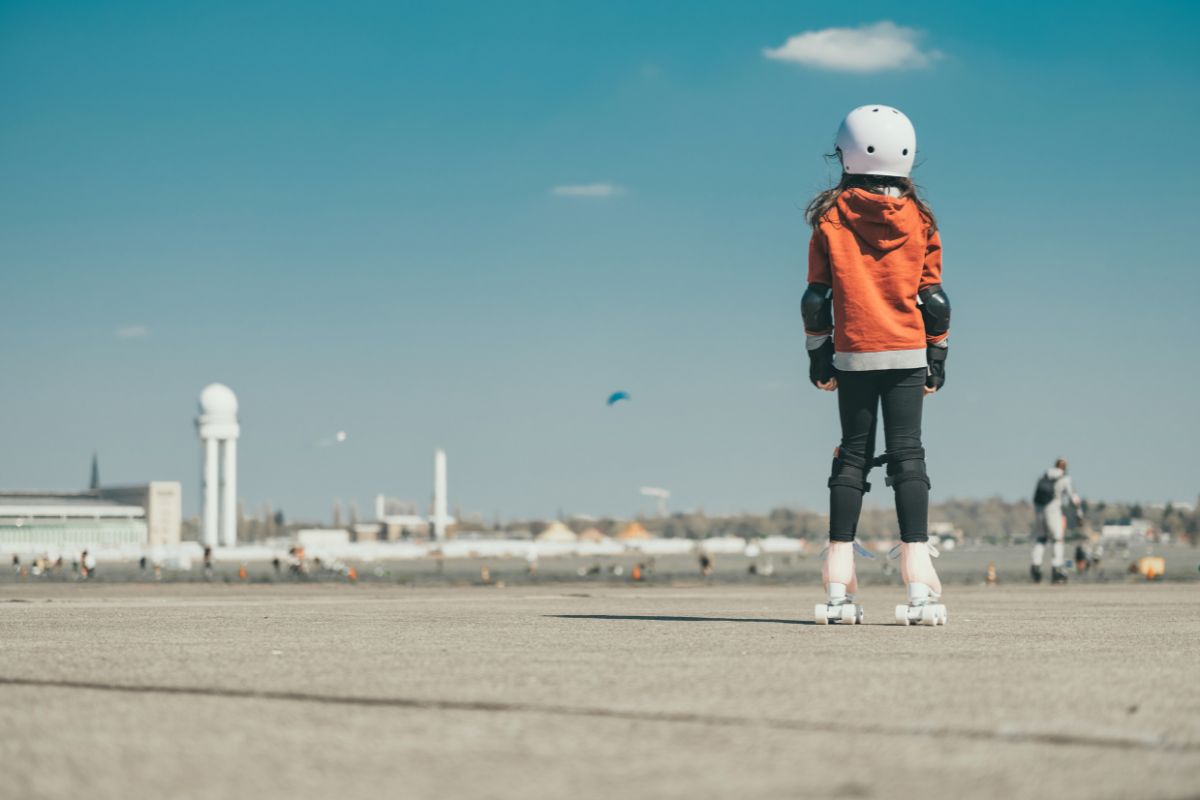
Tempelhofer Feld is an amazing place to soak up the local culture at a site that holds significant historical value. The park is open daily from 6 am to 10 pm, and admission is free.
11. Reichstag Building
The Reichstag Building’s origins date back to the late 19th century. After being destroyed by arson in 1933 and further damaged during WWII bombing raids, this stately structure was finally rebuilt again in the 60s, but its location prevented it from being used as a parliament building during the Cold War.
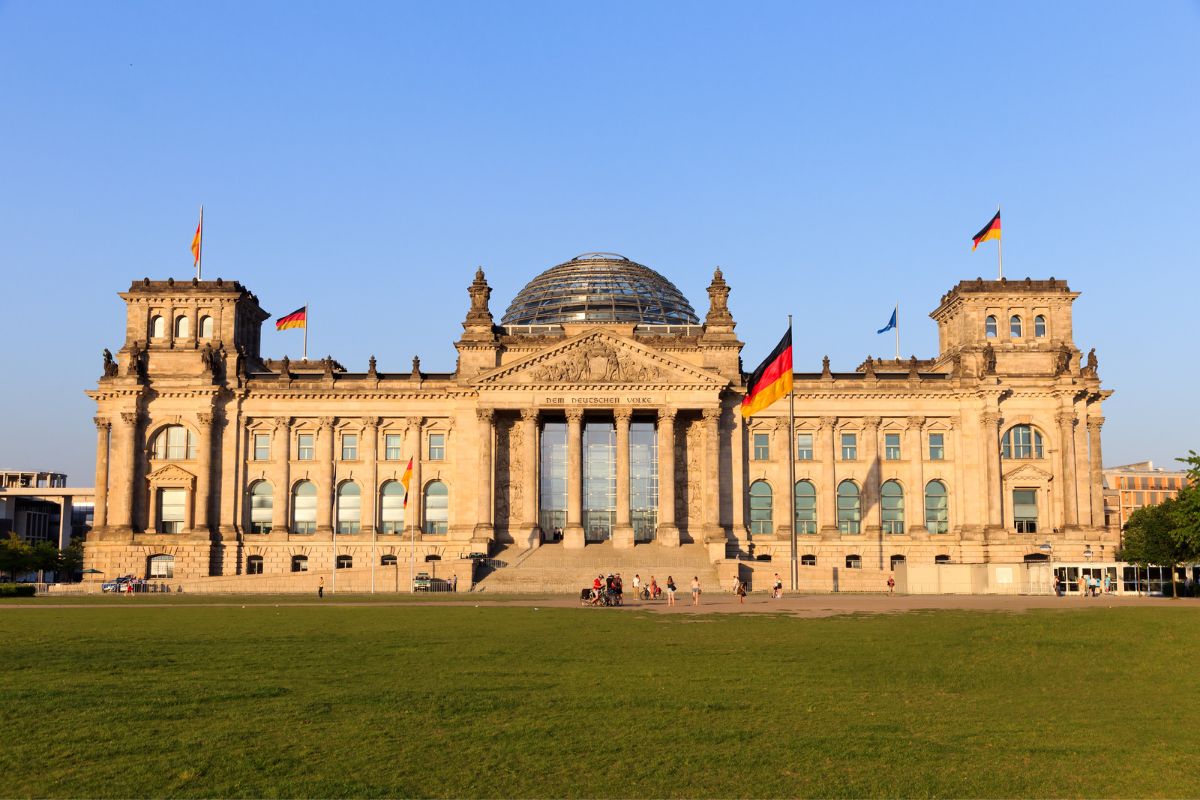
It finally became the seat of parliament for a reunified Germany in 1999 after being redesigned by Norman Foster. Today, it’s an iconic national symbol for peace, unity and a brighter future.
One of the Reichstag’s highlights for visitors is the futuristic dome on the rooftop. A 230-metre path encircles and ascends the interior of the dome, providing you with 360-degree views of Berlin.

As you soak up sights of landmarks like the Tiergarten and the Brandenburg Gate, you can learn about the city’s history and culture using an audio guide.
Visiting the Reichstag Building really is a must-do activity while staying in Berlin. And, it’s free to explore. Just make sure to book a reservation for the Reichstag Dome online to avoid long queues.
12. Berghain
If you want to experience the pinnacle of Germany’s techno scene, try your luck at gaining entry to the notoriously exclusive Berghain nightclub, which hosts some of the biggest DJ acts on the planet at benders that can go on for several days.
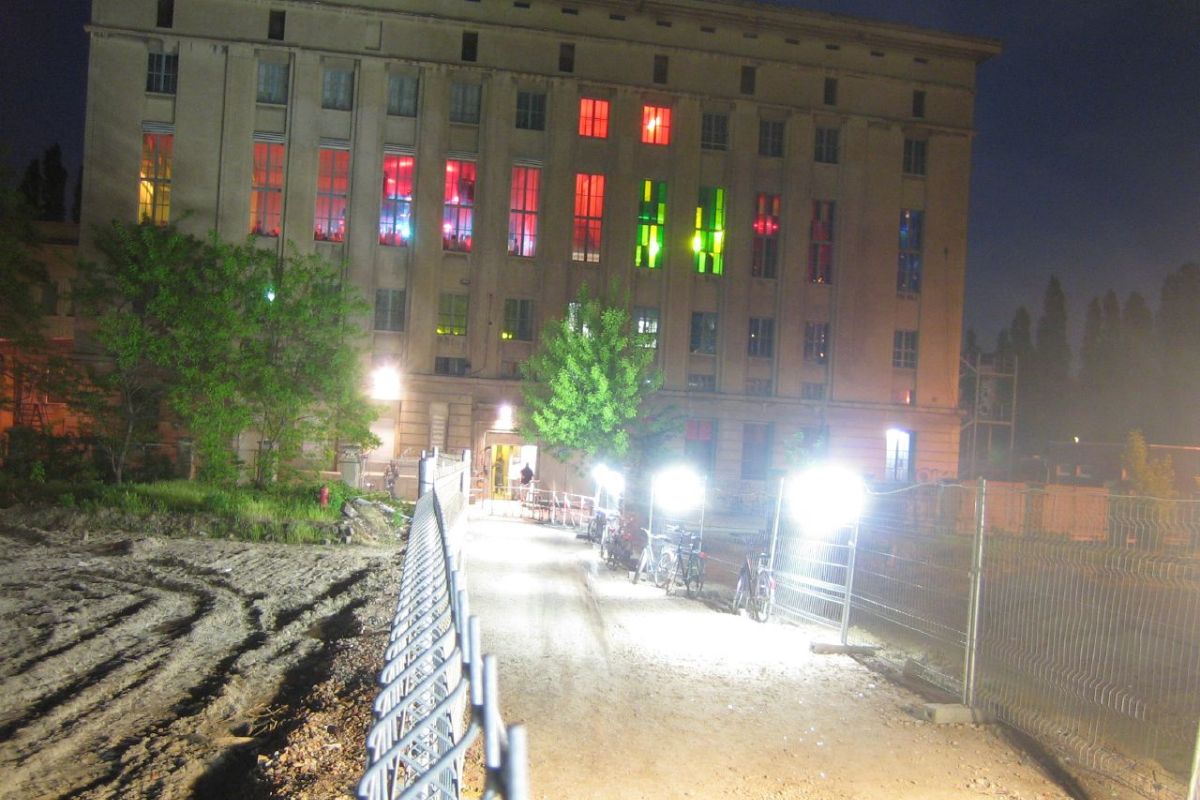
Spread across four floors inside a restored East German power station, the techno temple that is Berghain houses multiple dance floors, dark rooms and even a fetish club in the basement. Due to the secretive nature of the venue, guests are not allowed to take photographs during their visit.
Berghain can attract queues that stretch for six hours. Keep in mind that queuing for hours doesn’t guarantee your entry – some sources state that the rejection rate at Berghain is over 50%.
The club opens between Friday and Monday. Sunday is usually the busiest day. The Berlin Ostbahnhof transport hub is only 650 metres away.
13. Mauerpark Flohmarkt
Opened in 1994 in a former militarised zone of the Berlin Wall, Mauerpark (Wall Park) now hosts the city’s largest open-air flea market. And there’s far more to do than just shop for goods ranging from local designer wear to vintage items at this cultural hotspot.

One of the highlights of the Mauerpark Flohmarkt is the weekly Bearpit Karaoke session that kicks off at 3 pm in the amphitheatre. There’s more entertainment in the form of live music and games.
You’ll also find plenty of food and drink stalls selling local dishes, international favourites and a range of alcoholic beverages. While you’re here, you’ll be able to mix with an eclectic crowd of locals, from juggling hipsters to picnicking families.
The Mauerpark Flohmarkt takes place every Sunday from 10 am to 5 pm. You can explore the place for free, but bring some spare euros to take advantage of the market’s second-hand bargains. The nearest subway station is Eberswalder Strasse just over half a kilometre away.
14. Prater Beer Garden
If you want to embrace Berlin’s biergarten culture during you stay, you might want to visit the city’s oldest venue of its kind. The Prater Beer Garden has been serving drinks to up to 600 guests since 1837.

Boasting a convivial and relaxed atmosphere, company rather than beer takes centre stage at the Prater Beer Garden (not to suggest the beer isn’t an important element of the experience).
On top of delicious ales, the Prater Beer Garden serves a menu of local delights that include bratwurst sausages and Bavarian pretzels.
You can expect to pay EUR 3–5.50 for a drink at this historical biergarten. Most main courses cost between EUR 7 and 15. Doors are open daily from noon to midnight.
15. Prenzlauer Berg
Experience the best of Berlin’s nightlife by bar hopping in Prenzlauer Berg, a popular district with Berlin’s young professionals. You’ll find plenty of long-established watering holes along the streets off Kollwitzplatz.
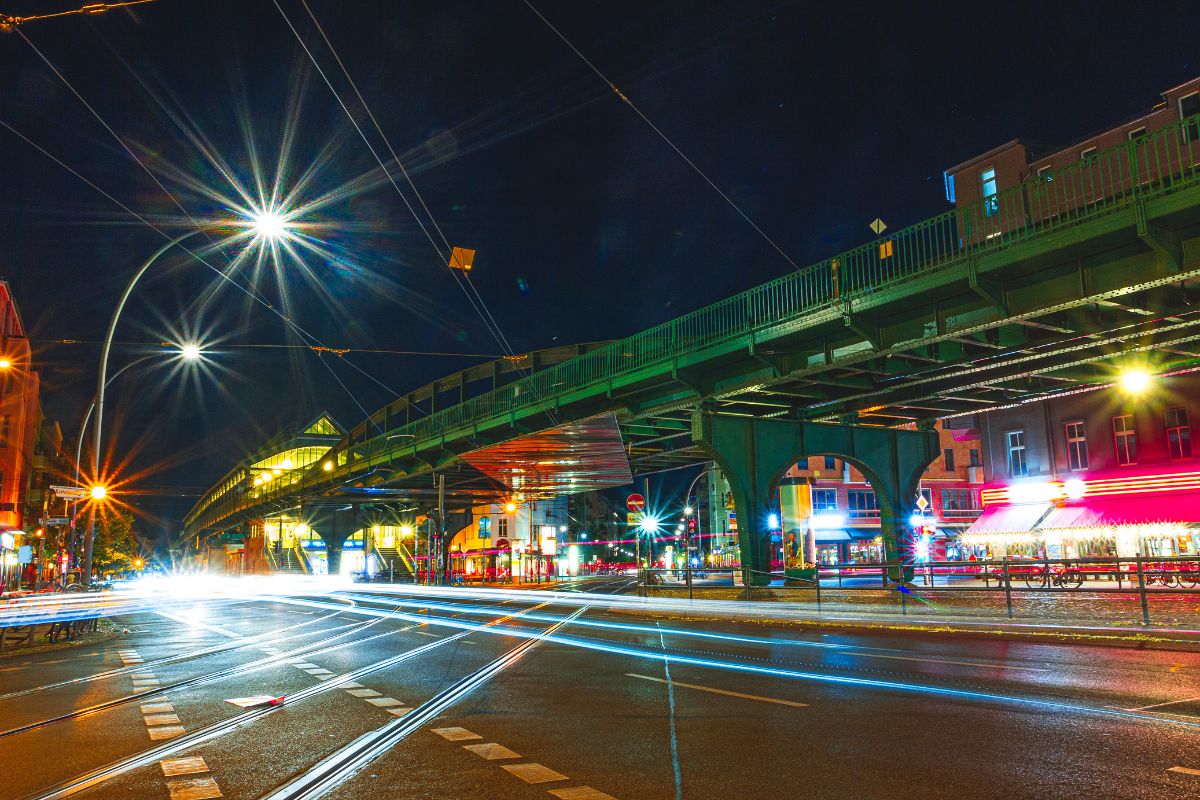
Badfish Bar, Wohnzimmerbar and An einem Sonntag im August are just some examples of top-rated bars in Prenzlauer Berg. You can order from over 250 local and international beers at the Monterey Bar. There’s also a host of bars and clubs inside the KulturBrauerei former brewery complex.
Besides nightlife venues, Prenzlauer Berg is home to a plethora of indie boutiques, casual restaurants, restored pre-war buildings and the popular Sunday Mauerpark flea market.
16. Kurfürstendamm
Stretching four kilometres from Kaiser Wilhelm Memorial Church to the Beton-Cadillacs monument, Kurfürstendamm is one of the main commercial thoroughfares in Berlin, comparable to the Champs-Élysées in Paris.

Stroll along this bustling avenue, and you can browse an endless line of boutiques, hotels, restaurants and cafés. While many boutiques are a little on the pricey side, affordable outlets include H&M and Bershka.
Kurfürstendamm is also home to a flagship KaDeWe (Kaufhaus des Westens), Europe’s second-largest department store after Harrods in London.
What are your favourite attractions in Berlin?
Visit all the attractions detailed above, and you’ll gain deep insights into the historical and cultural evolution of Berlin. In addition to delving into the city’s modern history, you’ll be able to sample its nightlife, cuisine, entertainment, shopping, and more. Best of all, you can visit all the attractions in our article on a shoestring budget.
Have we missed any of the best attractions in Berlin? How do you like to make the most of your free time as a digital nomad in the German Capital? Do you have any money-saving tips for our community of globetrotters? Let us know in the comments below.

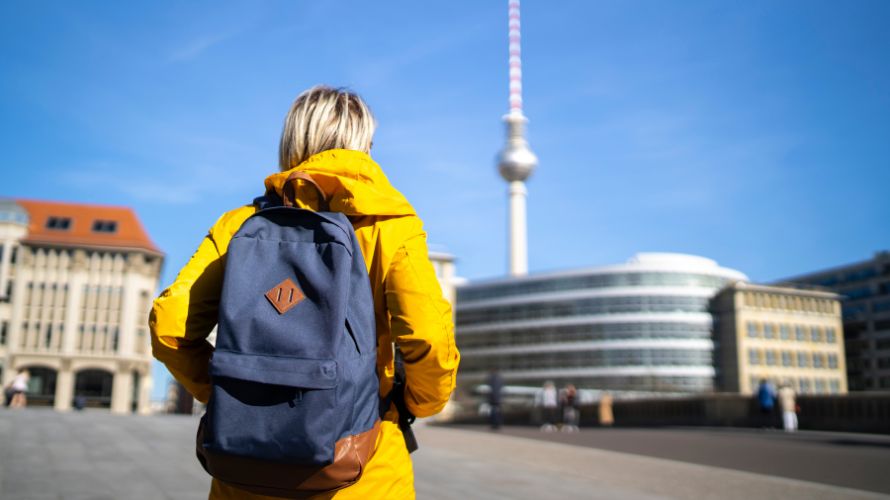


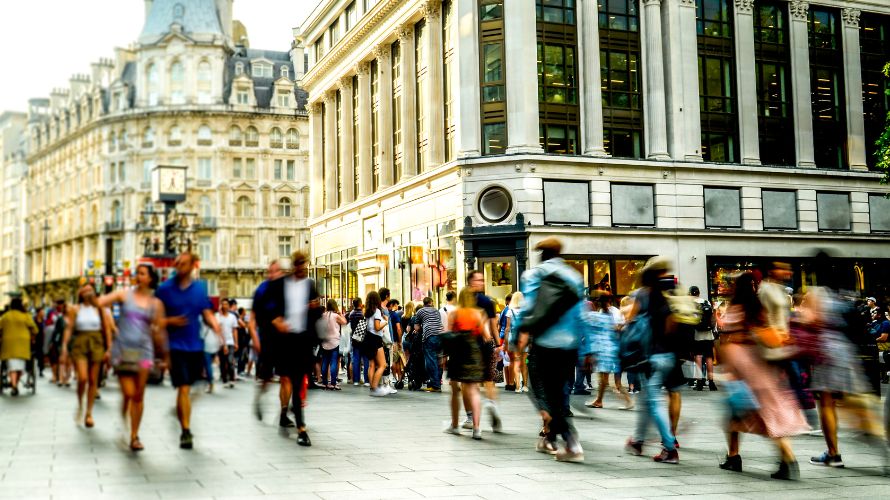
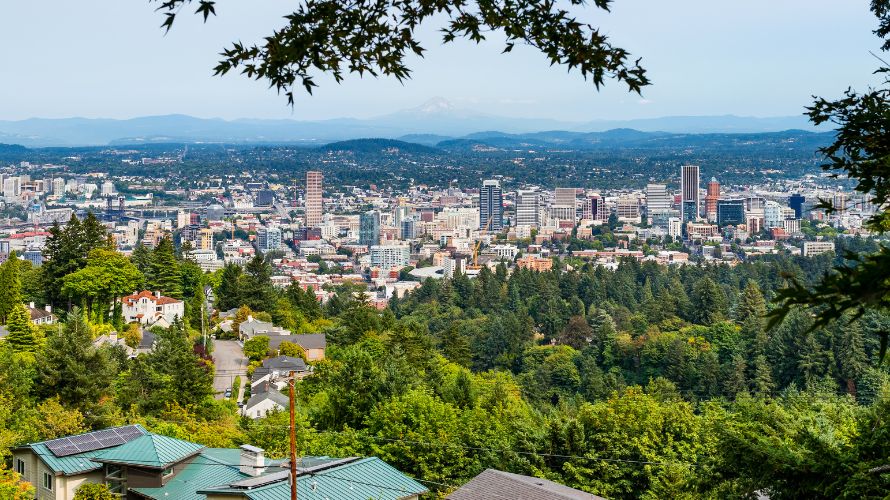


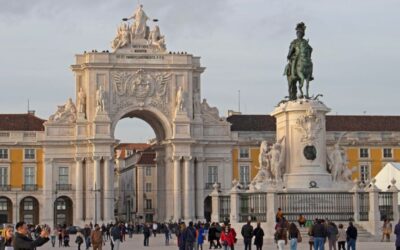
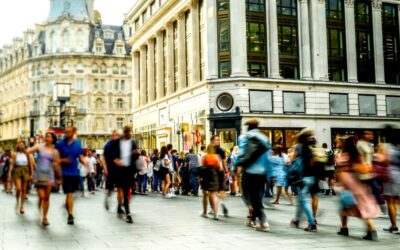
0 Comments